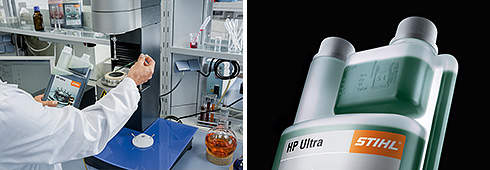
Water is the reference material that establishes the benchmark value of 1cP for its viscosity. The instrument senses the rotation and the measured torque value is mathematically converted into a viscosity value in scientific units called centipoise (cP) or milliPascal-seconds (mPa.s). The torque required to rotate the spindle at a set speed is measured, based upon the amount of drag created from the spindle moving in the liquid.


As the spindle rotates at a specific speed, a vortex is created by vigorous stirring. The measurements of a product’s viscosity are based upon immersing a specifically selected spindle within a sample of product. These viscometers measure a large range of viscosity from 200 to 106 million, with an accuracy range of ☑% to ☐.2%. Today’s viscometers are very user- friendly and functional thanks to rotational viscometer technology. The most common way to measure and track viscosity is with a viscometer. It is a very important test that offers repeatable and reliable results, ensuring that the quality of the product is not only achieved but maintained from batch to batch. Viscosity testing is a tool used in the production process of just about every type of food and beverage. If a cake batter has an inappropriately low level of viscosity, the phases will easily separate at the wrong time, resulting in a poor-quality cake. Pinpointing and maintaining an exact viscosity when baking or working with dough ensures phase separation happens at the appropriate time during the baking process, affecting the quality of the baked goods. In the baking industry, viscosity plays a very important role as it will impact the chance of phase separation, affecting the products made from batter and dough.

To achieve the correct density, texture, and taste of chocolate when it becomes solid, careful consideration to the viscosity of the product when it is a liquid is vital. For example, the thickness of chocolate when it is in a melted state will impact the finished solid state. The chocolate industry is dependent on viscosity testing as the texture and flow of chocolate can be complex to manufacture and maintain. The texture of food is dramatically impacted by changes in viscosity. When there is a change in a material’s property such as molecular weight and density, this affects how a liquid flows and how the viscosity changes, and the quality is altered. A fluid with a higher viscosity would pour slower and seem thicker than a fluid with less viscosity. Viscosity describes a fluid’s internal resistance to flow. During the production process, special attention is given to measuring and tracking viscosity as it is an important quality indicator. Intertek viscosity and rheology tests available vary according to the laboratory and location.Many factors can impact the quality of manufactured foods. Intertek laboratories also conduct rheological analysis of samples. Viscosity testing of polymers and plastics: High Temperature, High Shear Viscosity:.Saybolt Viscosity ASTM D445, ASTM D2161.Viscosity testing of petroleum, fuels, lubricants: Intertek labs test the viscosity of oils, chemicals, solutions, polymers and other materials to ASTM and other industry standards. Intertek viscosity tests measures fluid flow properties, and are useful for product evaluation, research and quality control.

Test the Viscosity of petroleum, oils, fuels, chemicals and more to ASTM Standards


 0 kommentar(er)
0 kommentar(er)
